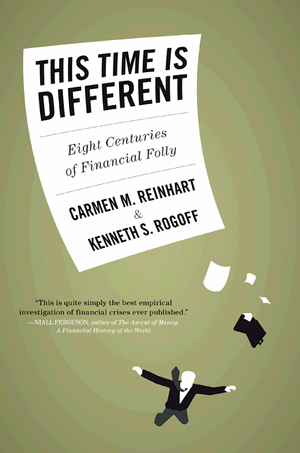Book Review The Fundamentals of Municipal Bonds
Post on: 22 Июль, 2015 No Comment

The Fundamentals of Municipal Bonds . 2012. Neil O’Hara and SIFMA (Securities Industry and Financial Markets Association).
Recognized as an important primary-level sourcebook on the municipal bond market, The Fundamentals of Municipal Bonds was first published in the 1960s by the Investment Bankers Association of America and has been published since 1982 by SIFMA (Securities Industry and Financial Markets Association). The latest edition — the sixth and the first since 2001 — covers the foundations of the municipal bond market, as well as the major changes and developments in the market since 2001.
In the preface, author Neil O’Hara states, “The U.S. municipal bond market is large and complex with $2.9 trillion outstanding by official estimates. It is also the most diverse and eclectic of the U.S. capital markets. The more than 50,000 issuers range from large states that sometimes borrow $1 billion or more at a time to small, rural communities that may borrow less than $1 million every few years.” This excerpt illustrates the clear, straightforward style that O’Hara uses to describe the unique market of municipal bonds. He knows his subject well and has written a book that is useful both as a good foundation for newcomers to the municipal bond market and as an update for investors already familiar with it. With more than 55 tables and figures, The Fundamentals of Municipal Bonds combines the concepts of a textbook with the resources of an industry reference work.
The author uses the first chapter to define and outline the U.S. municipal bond market. Several tables provide the reader with a basic understanding of the market’s parameters. Dollar volumes of new municipal bond issuance from 1986 through 2010 are detailed. The largest issuance year was 2010, with a total of $498.6 billion. O’Hara also breaks down the market by type of issuer and use of proceeds. State and local authorities made up approximately 40% of issuers over 2000–2009. The principal uses for the proceeds were public improvement, education, and general purposes. O’Hara devotes the rest of the chapter to summarizing many of the topics covered in the remainder of the book.
The next four chapters offer investors information about the basics of municipal bonds, municipal bond issuers, and municipal bond markets. These chapters include many updated tables and graphs. Chapter 2 describes various types of municipal bonds, their tax advantages, and other municipal bond characteristics. Chapter 3 covers the issuers of municipal debt and also summarizes the purposes and uses of such debt. O’Hara outlines the financing process from an issuer’s viewpoint, using examples of issuance statements and legal documents. Chapter 4 provides a detailed explanation of the primary municipal bond market, with updated issuance and underwriting information. Chapter 5 discusses the secondary municipal bond market, which has grown dramatically over time. O’Hara offers both statistics and index information on the primary and secondary markets.
After Chapter 5, the book broadens to provide an explanation of basic fixed-income concepts, followed by a more detailed discussion of how they apply to municipal bonds. These topics include risk and return, interest rate determination, the term structure of interest rates, and fixed-income derivative instruments. Chapter 6 is a highly coherent primer on bonds that covers the basic principles of fixed-income securities, the measures of yield and return, investment objectives, and investment strategies. It also offers an in-depth analysis of the tax treatment of municipal securities and a breakdown of buyers by investor type. Chapter 7 discusses credit analysis and the role of rating agencies. Credit risks and credit analysis are addressed for both revenue and general obligation bonds.

Chapter 8 begins with a basic explanation of how interest rates are determined. O’Hara also touches briefly on the overall term structure of interest rates, followed by a description of the factors most important in determining rates for municipal securities. Chapter 9 deals with regulatory and disclosure requirements for municipal securities. This chapter should prove particularly beneficial to those employed in the municipal bond industry. Topics covered include tax basis, regulatory history, current regulations, and application of federal securities laws to municipal securities. (An appendix presents formulas for calculating accrued interest and dollar price under Municipal Securities Rulemaking Board Rule G-33.)
Chapter 10 provides a brief description of interest rate swaps and other fixed-income derivatives. O’Hara then discusses how these derivatives have been adapted to municipals. The book concludes with a helpful glossary and a bibliography that lists websites, books, and other publications concerning the municipal bond market and fixed-income securities generally.
The Fundamentals of Municipal Bonds will be useful to both new and experienced participants in the municipal bond marketplace. O’Hara’s clear writing style makes the book both readable and comprehensible. The format of describing general fixed-income concepts and then applying them to municipal securities helps the reader understand broad bond topics within the narrower arena of municipal bonds. I would recommend this book to municipal securities issuers, investors, dealers, and traders, as well as fixed-income investors in general.
Please note that the content of this site should not be construed as investment advice, nor do the opinions expressed necessarily reflect the views of CFA Institute.














